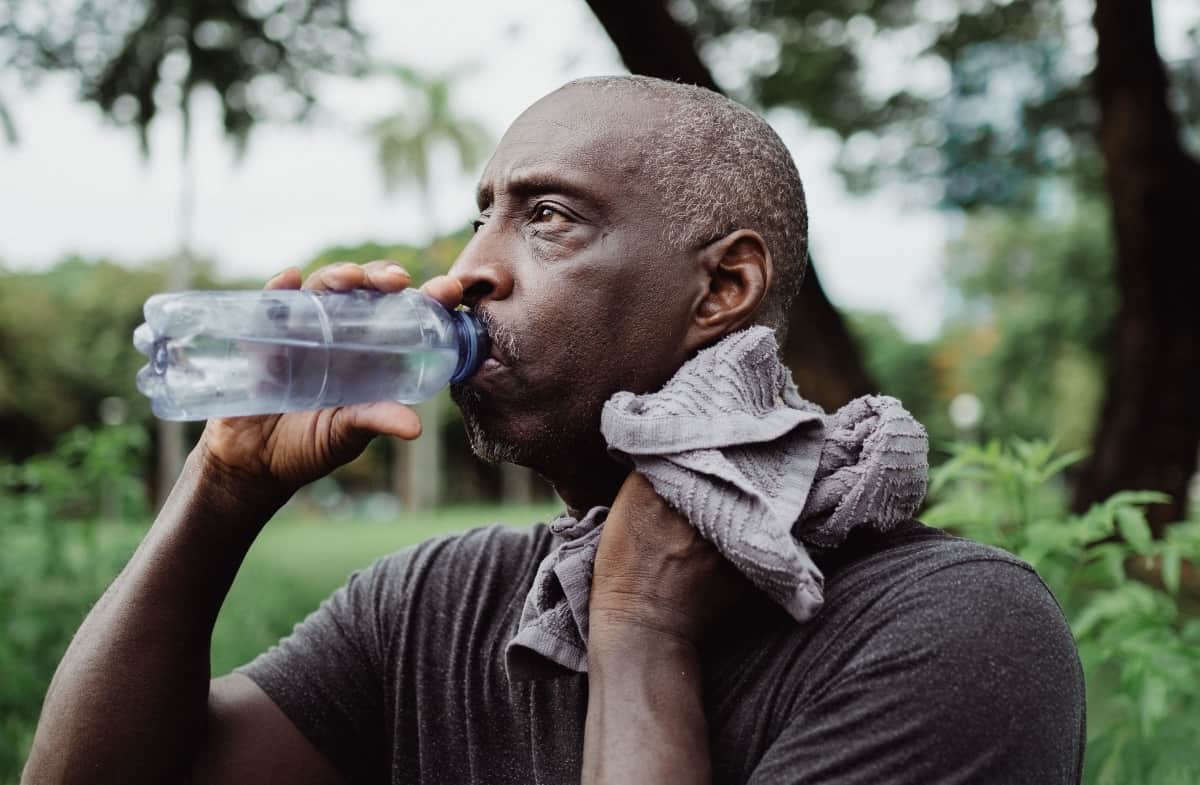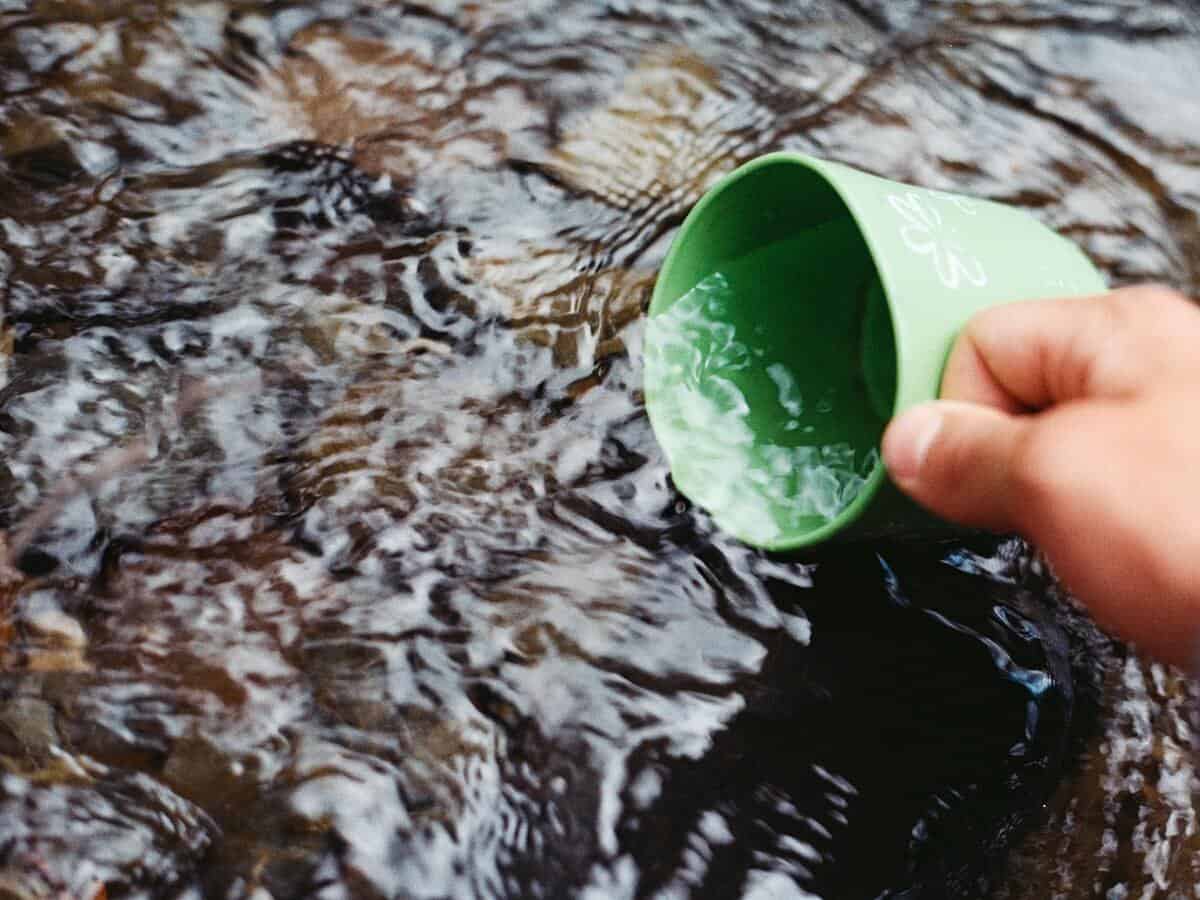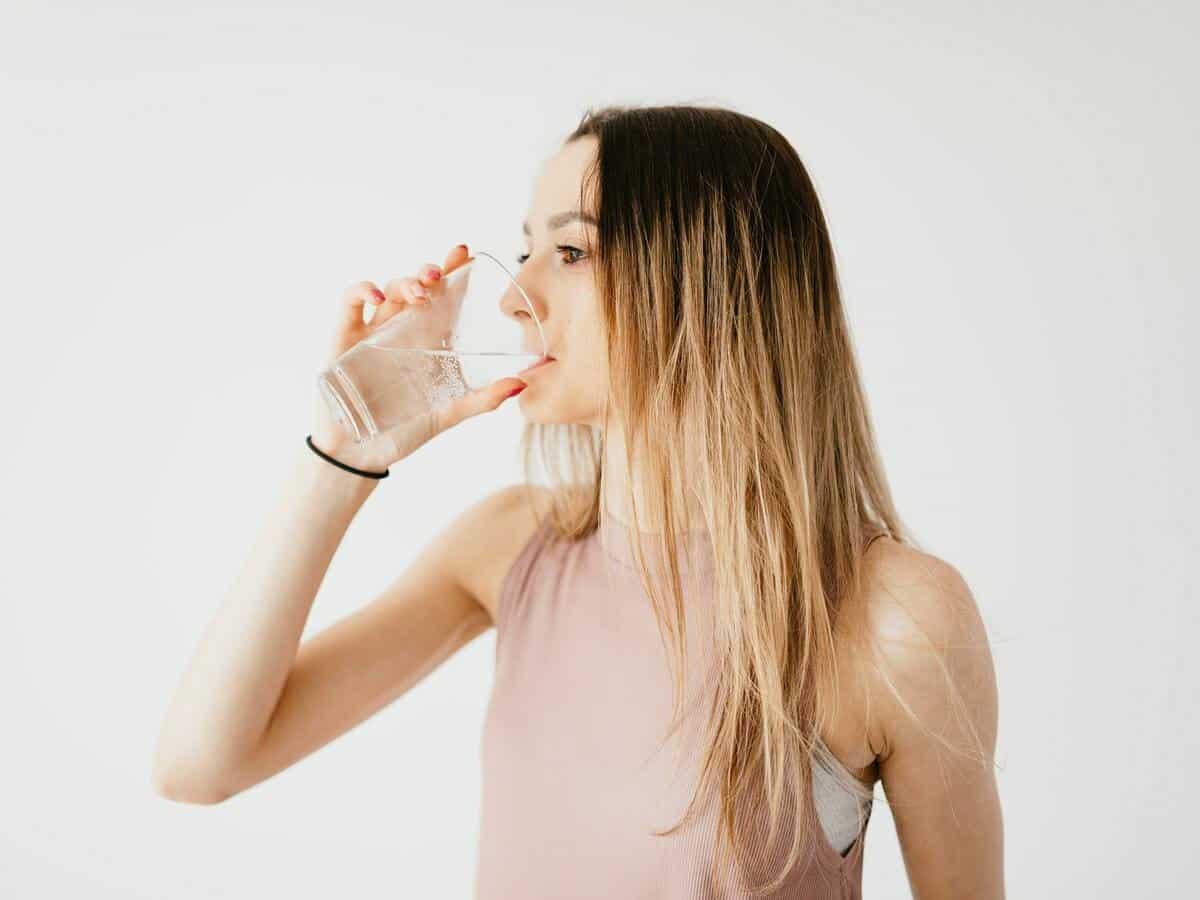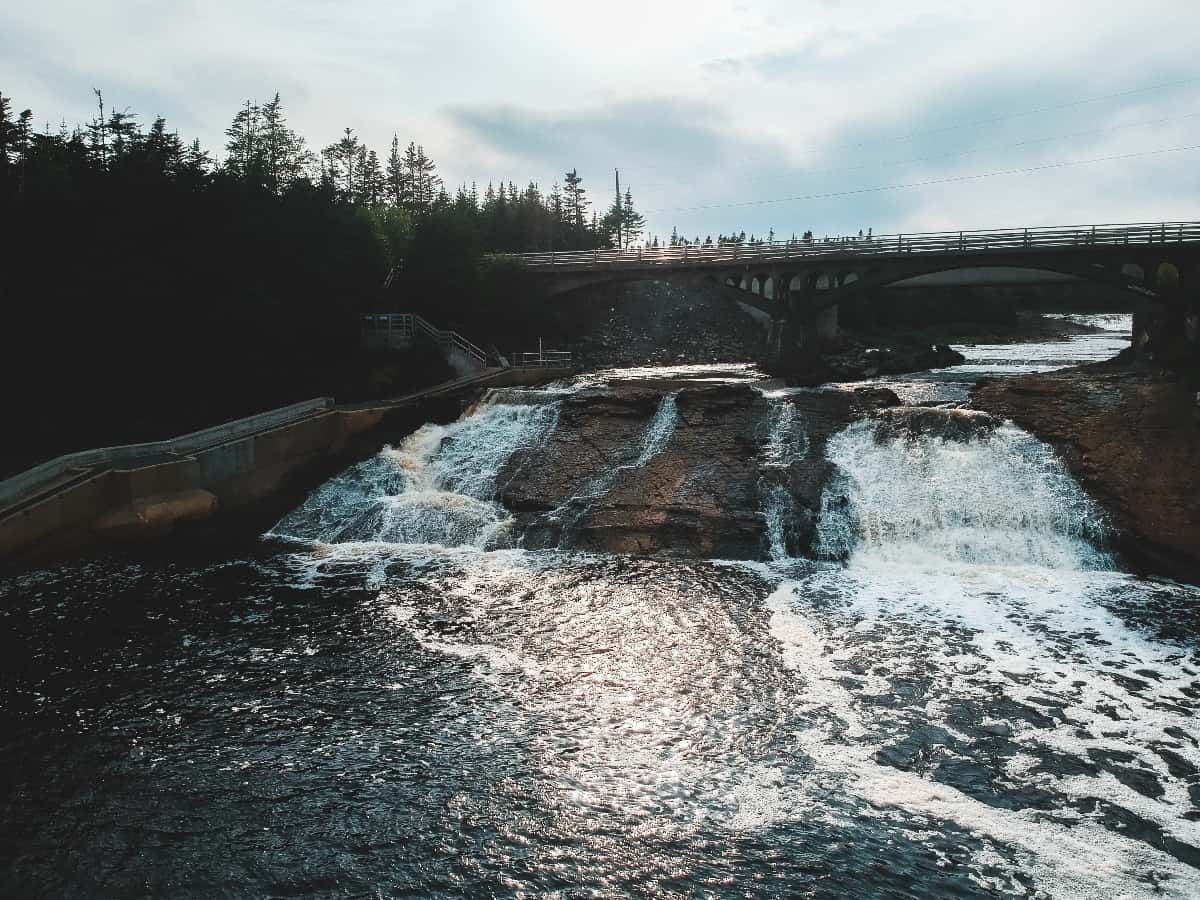Can you drink river water? In general, it’s not safe to drink water directly from rivers and other natural sources. The water in rivers may appear pure and crystal clear but parasites, bacteria, viruses and chemicals lurk invisibly in every drop. Therefore, drinking unfiltered water can cause waterborne diseases, such as giardiasis or cryptosporidiosis, some of which threaten long-term health.
Human senses don’t always detect organic and microbial contaminants common in river water. You can have these parasites in your body for weeks, months or years before you finally get sick. In a community, unhealthy drinking water becomes apparent when people start getting sick. However, if you’re hiking or kayaking, you have no one to compare notes with when symptoms of illness begin to appear.
Agricultural runoff contains organic material such as fertilizer and pesticide that can make you sick. Some contaminants pose a risk of reproductive issues and cancer. Others damage your kidney, liver, eyes and other systems. Learn more about the risk of drinking river water and review five water bottles that can make river water safer to drink.

Risks to Drinking River Water?
U.S. rivers and other waterways compare favorably with those found in other nations. millions of Americans drink tap water from the municipal water system confidently. Fortunately, the Environmental Protection Agency (EPA) carefully monitors public water systems. However, that’s not necessarily true of remote rivers and streams where people hike, camp and rehydrate.
According to the CDC, it’s important to treat water in rivers prior to consuming it. Water contamination occurs when water sources dump chemicals and other dangerous contaminants into rivers. Sometimes, pollution occurs when industrial plants and agricultural activity dump fertilizers, chemicals and other waste into waterways.
So, what type of contaminants can you find in river water? Minerals and chemicals such as radon, uranium and arsenic make water dangerous to drink. Local land use practices that include concentrated feeding, sewer overflows, manufacturing processes and pesticides also release dangerous contaminants into rivers and streams.
Contaminants in the water lead to ill health effects that include reproductive issues, gastrointestinal illness and some neurological disorders. Young children, infants, older adults, pregnant women and people with compromised immune systems face the highest risk of severe illness and death.
Sources of Water Pollution
Let’s talk about some of the most common sources of water pollution:
- Point source. Single source contaminants or point source pollution includes wastewater released by oil refineries, manufacturers and municipal treatment facilities. Sometimes, this pollution comes from leaking septic tanks, illegal dumping and chemical spills. The EPA does its best to regulate this activity. It establishes limits on what facilities can dump into rivers and other bodies of water. Additionally, a single point source can pollute hundreds of miles of rivers and also impact nearby oceans.
- Nonpoint source. When pollution derives from diffuse sources, it’s called nonpoint source pollution. Storm runoff, debris that accumulates in waterways and agricultural runoff all contribute to nonpoint source contamination of U.S. waters. This is the largest culprit of river pollution and also the hardest to track.
- Transboundary. As the name suggests, this type of pollution results from the contaminants dumped in one country affecting water used by other countries. Oil spills and municipal discharge are examples of this type of contamination.
What Contaminants Are in River Water?
According to the CDC, the top 10 contaminants causing outbreaks include the following:
- Giardia
- Legionella
- Campylobacter
- Copper
- Norovirus
- Shigella
- Salmonella
- Hepatitis A
- Agricultural
- Cryptosporidium
- E. coli, excess fluoride (tie)
Agricultural Impacts
Agricultural operations demand the biggest portion of freshwater. However, they also are the most common sources of water pollution. In the United States, agriculture produces the most water pollution. This has a major negative effect on wetlands and lakes as well as rivers, and it’s the top groundwater contamination source.
When it rains, pesticides, fertilizers an animal waste wash into waterways, bringing pathogens and minerals that can make fish, animals and people sick. Although plants need nitrogen and phosphorus, too much in the water system can cause huge algae blooms that create a toxic soup for animals, including people, that drink it.
Sewage and Wastewater
Wastewater comes from showers, toilets and sinks but it also comes from agricultural, commercial and industrial activities that dump solvents, toxic sludge and metals into rivers. Rainwater often carries road salt, grease, oil and storm runoff into groundwater and waterways. Unfortunately, much of this wastewater does not receive the proper treatment.
Oil Pollution
When an oil tanker dumps millions of gallons of oil into the ocean, everyone pays attention. However, consumers, including drivers, create tons of oil and gas pollution due to drips left behind on the highway. Farms, factories and cities also contribute to the vast amounts of oil dumped into rivers that end up in the world’s ocean system. Of course, oil also leaks from fractures on the river floor.

Radioactive Substances
Can you drink river water with radioactive waste? Technically, it depends on the levels of pollution. However, water polluted by nuclear waste and other radioactive sources typically isn’t safe to drink.
A small portion of radioactive pollution comes from natural sources. However, people account for the vast majority of unsafe radioactive contaminants. Sources include nuclear power plants, uranium mining and weapons testing. Additionally, some hospitals and universities use radioactive materials for research and health purposes.
Hanford Engineer Works in the state of Washington is now a clean-up site expected to cost $100 billion over 50 years. The decommissioned plant improperly disposed of radioactive contaminants that now threaten local marine and surface water resources.
How Do These Contaminants Affect Health?
Drinking water with unsafe concentrations of contaminants can impact your health negatively. If you drink polluted river water you may end up with nervous system, gastrointestinal and reproductive illnesses or disorders. Additionally, many common diseases, such as cancer, may link back to water pollution. Several factors influence whether particular contaminants will cause a health problem. These factors include the concentration of contaminants, how much water you drink and your susceptibility to these diseases.
Chemical Exposure
Chemical exposure from drinking river water can have both near and long-term health effects. Depending on the chemicals in the water, you may notice symptoms as minor as skin discoloration to more serious problems such as issues with reproduction and organ damage. If you receive low doses over a long time span, contaminants can build up in your system, causing a number of illnesses, including cancer.
Disease-causing Microbes
Typhoid and cholera are two of the most well-known waterborne diseases. Both of these diseases come from microbes in the water you drink. You can still get them if you drink unfiltered river water containing these parasites. If you drink untreated water, you may become sick with the following symptoms: vomiting, diarrhea, kidney failure, fevers and stomach pain.
Those with compromised immune systems face an even greater risk. This group includes infants, older people and those with weak immune systems. That includes those with cancer, aids and other diseases impacting the human immune system.
Fortunately, by using a filtered water bottle, you can avoid many of the harmful health effects of consuming river water.

Water Bottles With Filters for River Water
Here are water bottles with strong enough filters to use if drinking river water. Choose a bottle that removes waterborne bacteria and parasites as well as harmful chemicals. As a rule of thumb, remember you get what you pay for. Avoid low-quality filters such as s or Pur and read the fine print to make sure the water bottle eliminates harmful contaminants found in river water.
LifeStraw Flex Multi-Function Water Filter System
This water bottle has a hollow fiber membrane that removes 99.99% of waterborne microorganisms such as bacteria and protozoan parasites. It lasts for 2,000 liters and exceeds EPA standards.
This water bottle has a replaceable carbon filter that also removes lead, chlorine and some heavy metals. It can also filter out most herbicides, VOCs and pesticides, herbicides.
Where to buy it: Amazon
SurviMate Purified Water Bottle
Survimate has four filters in one and includes a medical grade hollow fiber membrane, beads, coconut shell carbon and cotton to filter out contaminants. This water bottle also includes a built-in compass as a bonus to providing drinkable water in wilderness conditions.
Where to buy it: Amazon
LifeStraw Flex Advanced Water Filter with Gravity Bag
This water bottle filters out 99.999% of bacteria, chemicals, parasites and lead among other contaminants. It removes contaminants over 0.2 microns in size.
Where to buy it: Amazon
Epic Nalgene OG | Water Bottle with Filter
Epic’s Nalgene water bottle has an adsorption filtration system that used activated coconut carbon fiber to remove cysts, chemicals, heavy metals, and other contaminants. Depth filtration also filters suspended waste products.
Where to buy it: Amazon
GRAYL GeoPress 24 oz Water Purifier Bottle
Transform sketchy river water into clean drinking water with this water bottle designed for backpacking, fishing, camping and hunting another bushcraft activities. It claims to remove all viruses and protozoa that can accumulate in untreated water. It also cleans out silt, microplastics and sediment and chemicals or heavy metals that can impact clarity, taste and your health.
Where to buy it: Amazon

ONIT Water Filtration Systems
So, is river water safe to drink? Well, if you’re using one of the aforementioned water bottles you’re able to drink river water through that filtration.
However, when you’re at home, ONIT Home is here to make sure that the water you’re drinking is safe, healthy, and tastes great! To find out more about how you can get free water testing for your home water source, visit us online or give us a call today at 1-833-433-0331 to get started.



